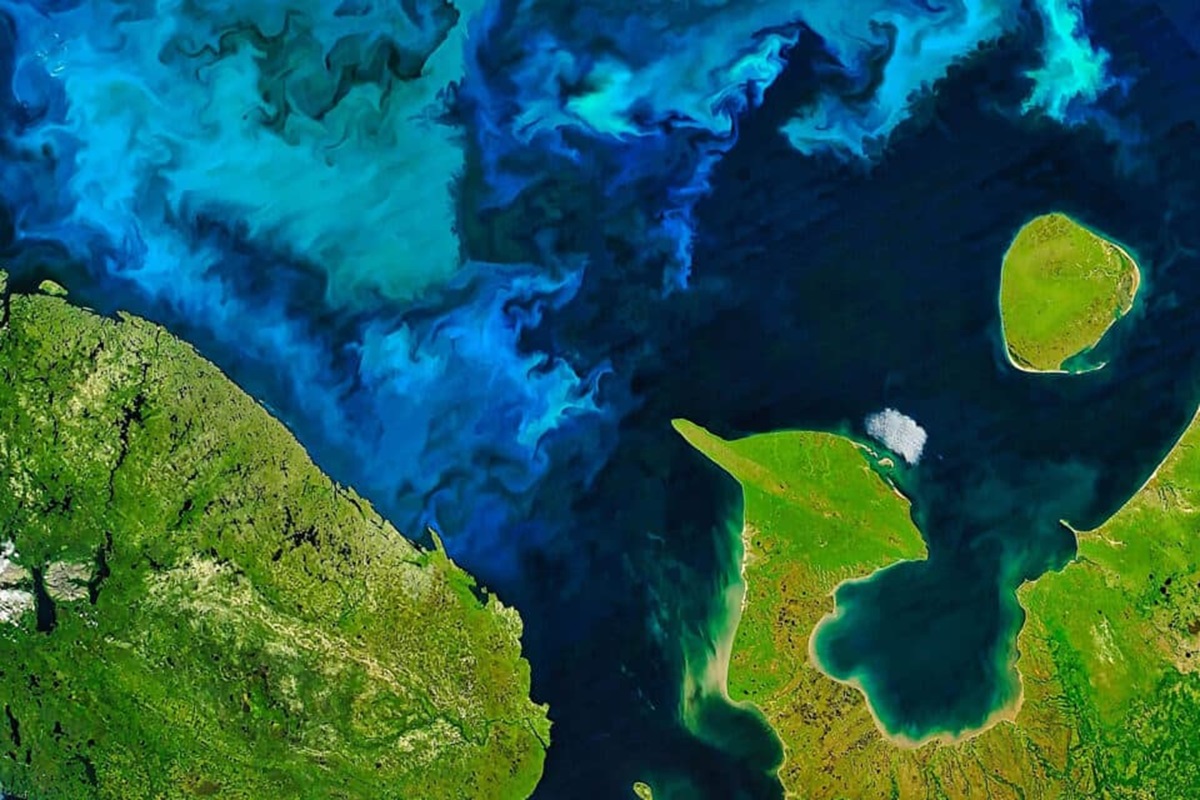Arctic phytoplankton, those microscopic algae that underpin the Arctic marine food web, are revealing intriguing responses to temperature fluctuations. Here’s what we’ve learned.

- Foundation of the Arctic Ecosystem: These tiny organisms thrive in the cold, nutrient-rich waters of the Arctic Ocean. They’re the primary producers, converting sunlight into organic compounds through photosynthesis. Their role extends beyond feeding zooplankton—they also regulate the global carbon cycle by absorbing carbon dioxide.
- Adaptations to Extreme Conditions: Arctic phytoplankton have evolved unique mechanisms to survive. They thrive in near-freezing water temperatures and optimize their light-harvesting abilities to cope with the dramatic seasonal changes in light availability. Efficient nutrient uptake mechanisms ensure their access to essential elements.
- Heatwaves vs. Constant Warming: A recent study led by Dr. Klara Wolf and Dr. Björn Rost reveals intriguing behavior patterns. Stable temperatures lead to accelerated growth and productivity, even with extreme increases. However, heatwaves disrupt this pattern. Their effects are complex and don’t align with constant warming. Understanding these short-term warm phases is crucial for accurate projections.
- Cooling Phases Matter: Phytoplankton behavior depends on cooling phases after or between heatwaves. While stable warming boosts productivity, some heatwaves decrease it, while others increase it. Researchers emphasize the need to consider variable temperatures when forecasting biodiversity changes.
- Climate Change Implications: As heatwaves become more common due to climate change, phytoplankton responses matter. They impact the entire ecosystem, from zooplankton to fisheries. By studying these complex processes, we can better inform conservation efforts and sustainable practices in our changing world
Leave a Reply